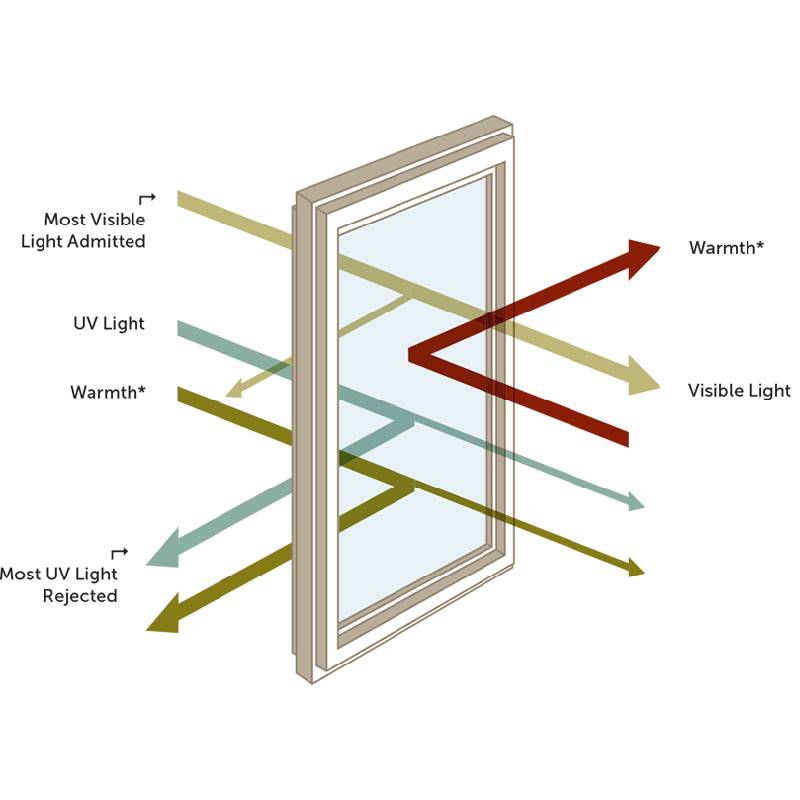

The Wonders of Low-E Soft Coat Glass Enhancing Efficiency and Comfort
In the ever-evolving realm of architecture and design, the materials we choose play a pivotal role in enhancing both aesthetics and functionality. One such remarkable material that has gained significant attention in recent years is Low-E Soft Coat Glass. This innovative glass solution not only meets the demands of modern design but also addresses pressing issues related to energy efficiency, UV protection, and comfort in indoor environments.
Low-E, or low emissivity glass, refers to a specially coated glass that reflects infrared light while allowing visible light to pass through. The soft coat designation indicates a type of Low-E coating that is applied in a controlled environment, yielding superior performance compared to its hard coat counterpart. Soft coat Low-E glass possesses a few distinct advantages, making it a favored choice among architects and builders.
The Wonders of Low-E Soft Coat Glass Enhancing Efficiency and Comfort
Moreover, the energy-saving features of Low-E soft coat glass do not compromise natural light. Unlike traditional tinted glass that may darken spaces, Low-E glass allows for maximum daylight penetration, creating a bright and inviting atmosphere without the excessive heat gain. This quality is especially beneficial in office spaces, schools, and hospitals where natural light is essential for the well-being and productivity of occupants.

Another vital aspect of Low-E soft coat glass is its ability to provide UV protection. The glass blocks a considerable percentage of harmful ultraviolet rays, which can fade furnishings, artwork, and flooring over time. This inherent protection not only helps to maintain the integrity of interior spaces but also ensures that occupants are safeguarded from the potential health risks associated with UV exposure.
As sustainability becomes increasingly central to modern design, Low-E soft coat glass aligns perfectly with green building standards. It contributes to the LEED (Leadership in Energy and Environmental Design) certification process by meeting strict energy performance criteria. Buildings equipped with Low-E glass are not only more sustainable but also more desirable for environmentally conscious consumers and tenants.
Beyond its functional benefits, Low-E soft coat glass also offers aesthetic versatility. Available in a variety of tints and finishes, this glass can be seamlessly integrated into diverse architectural styles, enhancing the overall visual appeal of a building. Whether it is a sleek modern office building or a cozy residential home, Low-E glass can complement the design while providing the necessary performance enhancements.
Installation of Low-E soft coat glass is becoming more common as builders and architects recognize its advantages. Leading manufacturers offer a variety of options that cater to different climate zones and design preferences. Custom solutions ensure that the unique requirements of each project are met while delivering exceptional results.
In conclusion, Low-E soft coat glass represents a significant advancement in glass technology, offering a blend of energy efficiency, UV protection, and aesthetic appeal. As the construction industry continues to grapple with the challenges of sustainability and energy conservation, this innovative material stands out as a smart choice for both new constructions and renovations. By choosing Low-E soft coat glass, architects and builders can create spaces that are not only comfortable and inviting but also environmentally responsible. The future of architecture is bright, and Low-E glass is leading the way.